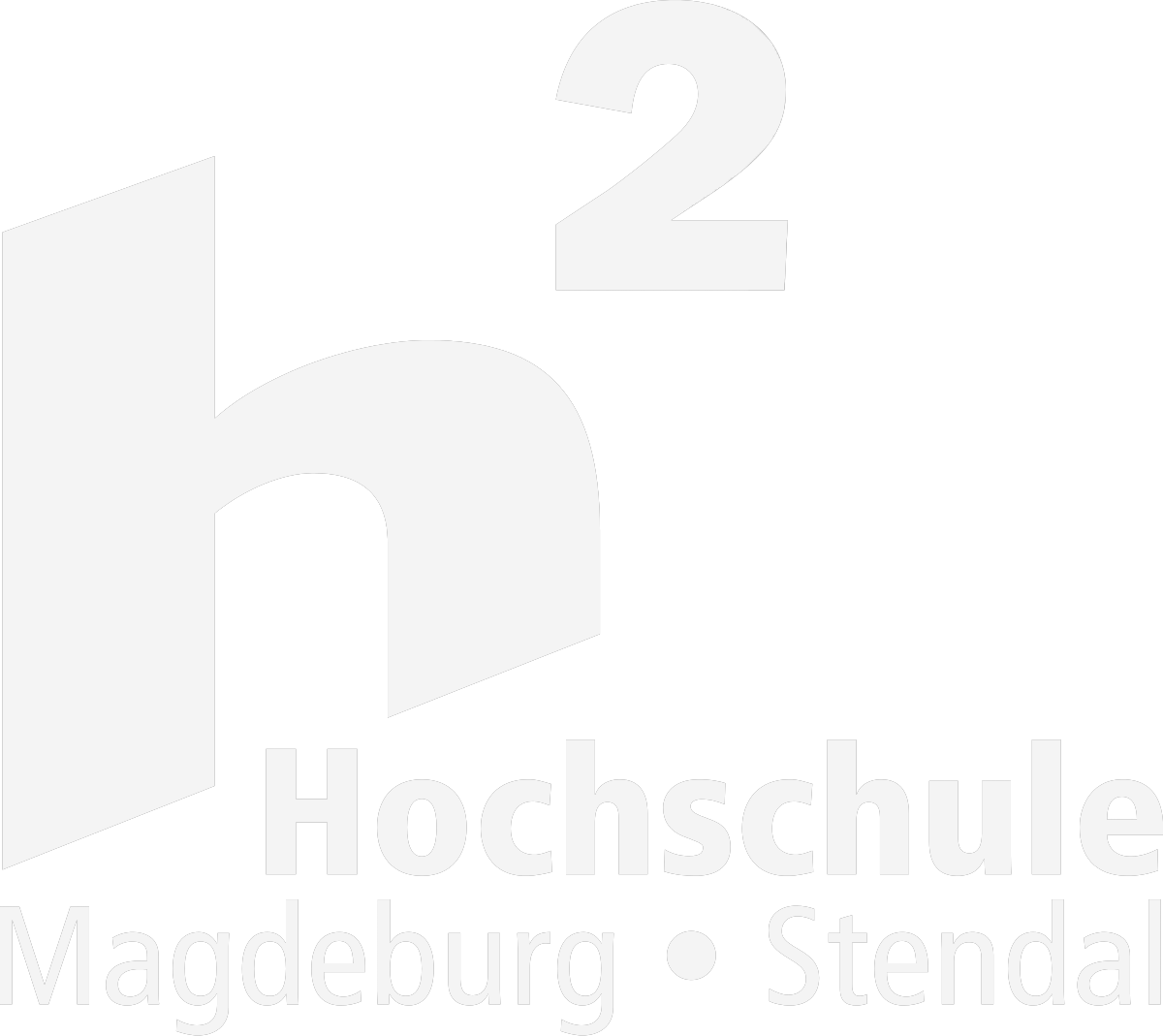Locating objects indoors as accurately as possible was a research and development challenge in 2012 that could be solved particularly inexpensively with RFID (Radio Frequency Identification) compared to other radio technologies. Due to the increasing use of RFID systems, a need for tracking solutions in almost all industrial sectors became apparent.
The ROSI-3D project has significantly improved the localization of objects in dynamic environments from both a technical and an economic perspective by combining new approaches from RF technology and computer science, as well as complementary business considerations.
Previous approaches to localization were generally focused on RFID systems with active transponders, where each transponder required its own power supply. This made it possible to achieve accuracies of less than 1 m in static environments and without the general consideration of mobile objects in the radio field. These approaches did not take into account a major constraint of industrial as well as public indoor environments: Many objects (people, vehicles, tools, materials) are normally in motion and thus constantly have a decisive influence on the radio field. As a result, no satisfactory solutions for radiolocation that could also be operated economically had been developed in practice up to that point.
The ROSI-3D research project used two main approaches to improve radio-based positioning solutions: (1) Based on the acquisition of real conditions, a 3D model basis was to be created that is generalizable for different use cases. The different ranges of radio propagation and the presence of mobile objects in the radio field had to be taken into account. The approach followed was consistent with the prediction for propagation models in mobile communications. (2) By using a time-dynamic 3D simulation, interfering objects should be taken into account in future positioning, the technical setup of an infrastructure should be optimized and supported by augmented reality. This approach, based on multi-antenna systems with multiple objects in space, also allowed a much cheaper implementation because no power supply was required for a large number of transponders or radio terminals. The number and optimal location of the necessary readers was then accurately determined with virtual load tests of changing objects in the simulation. The 3D simulation thus went far beyond the site surveys used with other radio technologies, which were tuned to static environments.
The evaluation of the models and the simulation system was carried out in various field tests together with the practical partners in different environments and frequency bands within the scope of this project. For the practical application of the localization, scenarios in assembly halls, in mining or in the event/trade fair area were used.



